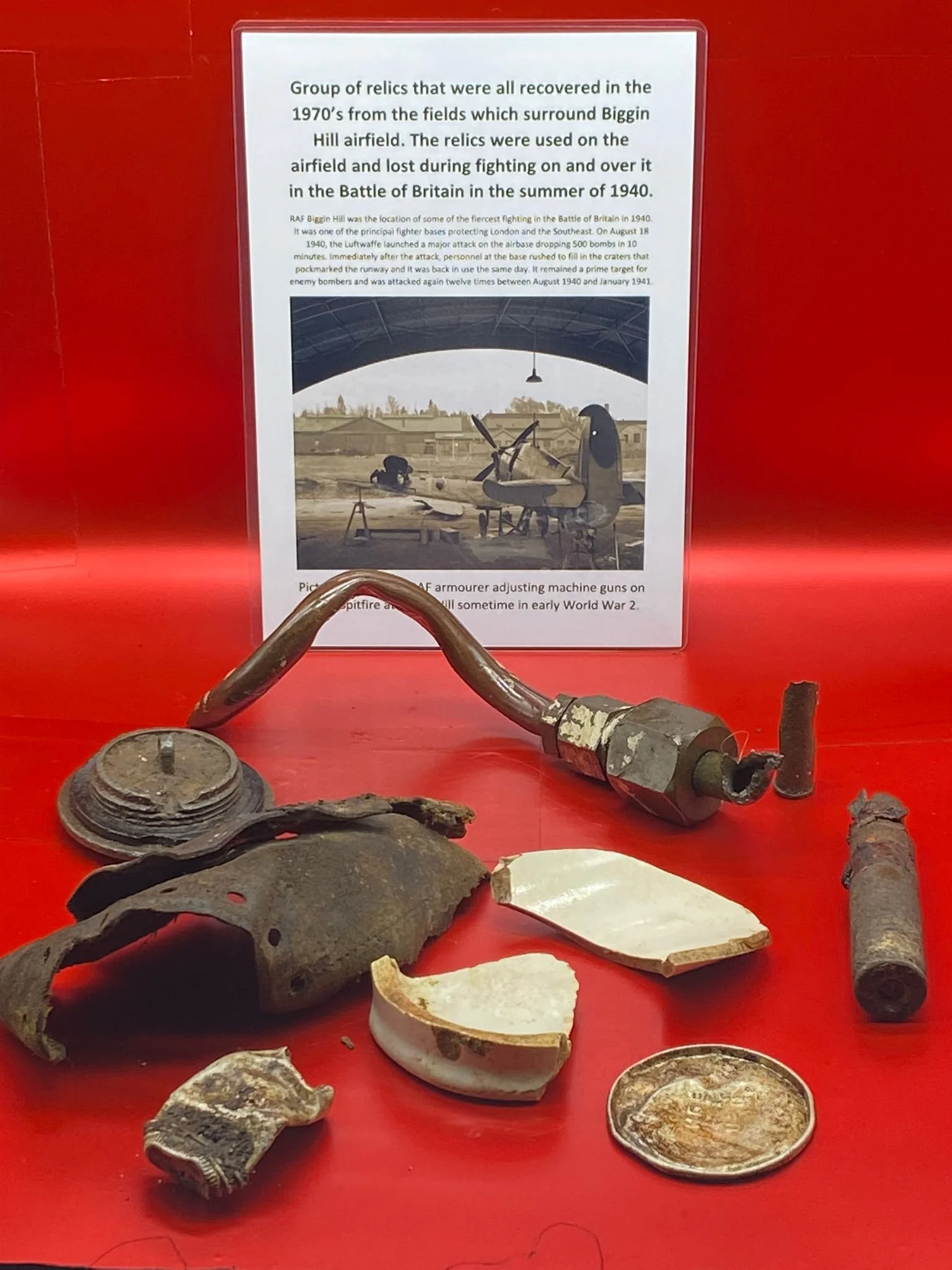 Image 1 of 9
Image 1 of 9

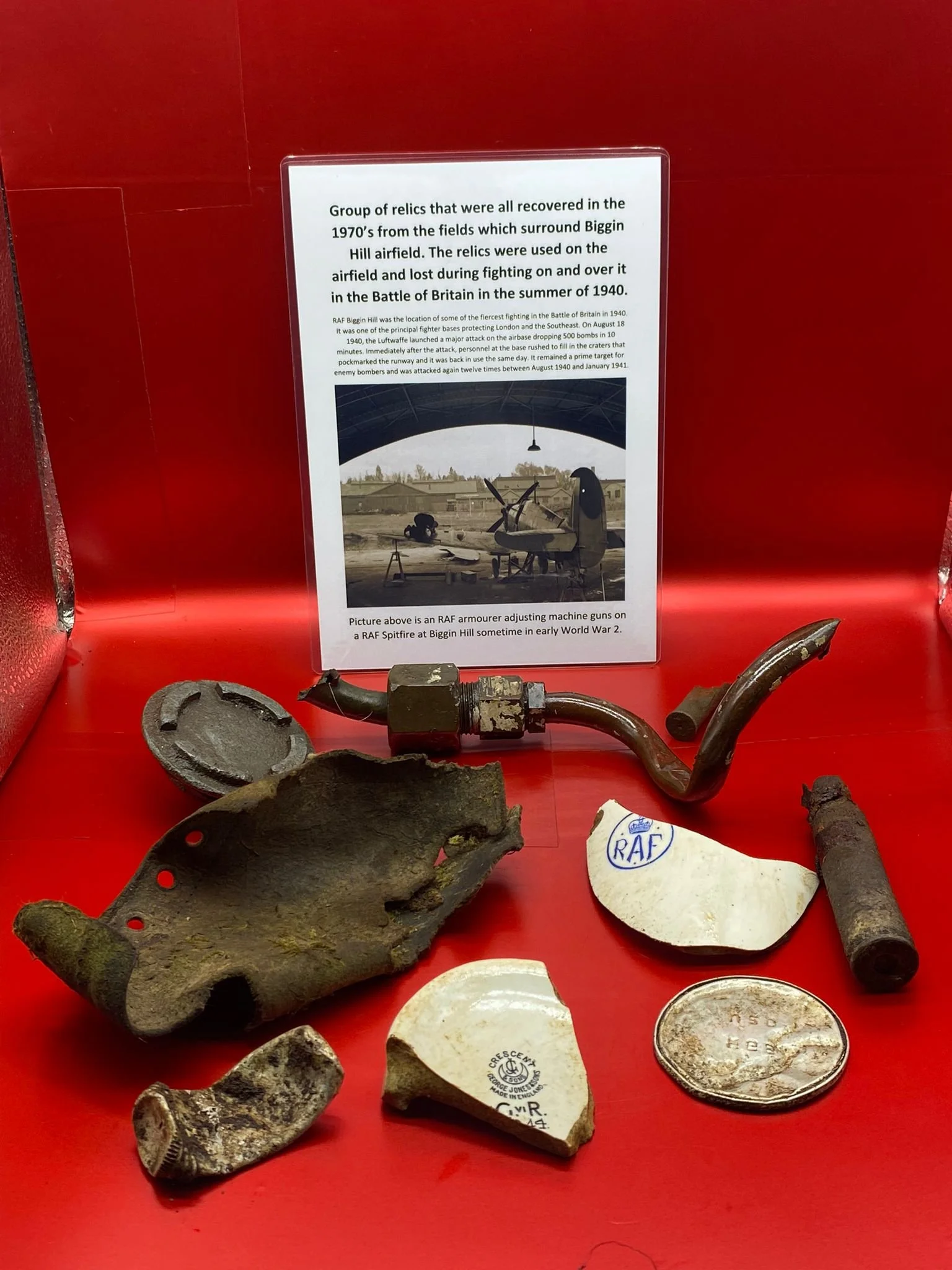 Image 2 of 9
Image 2 of 9

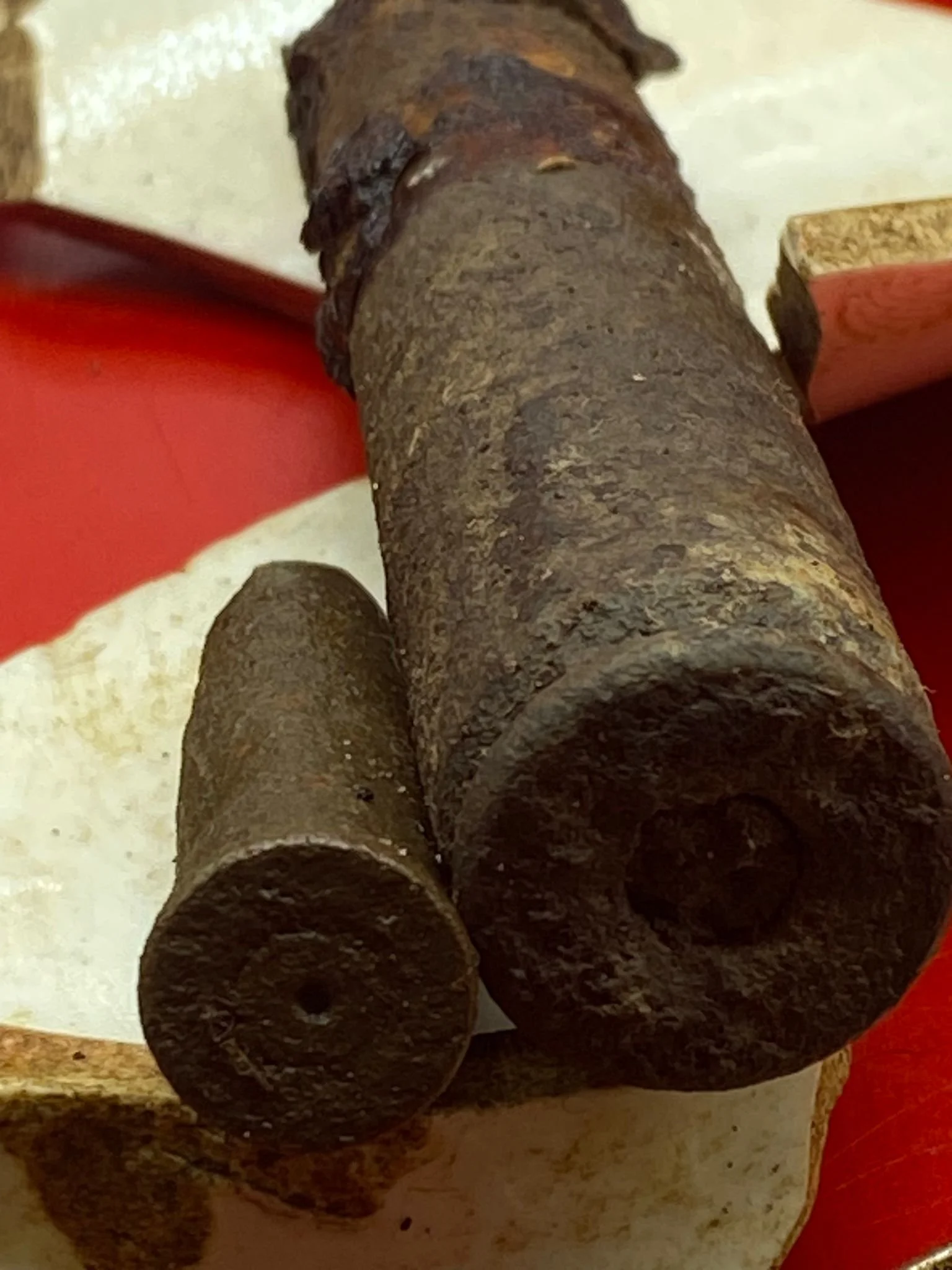 Image 3 of 9
Image 3 of 9

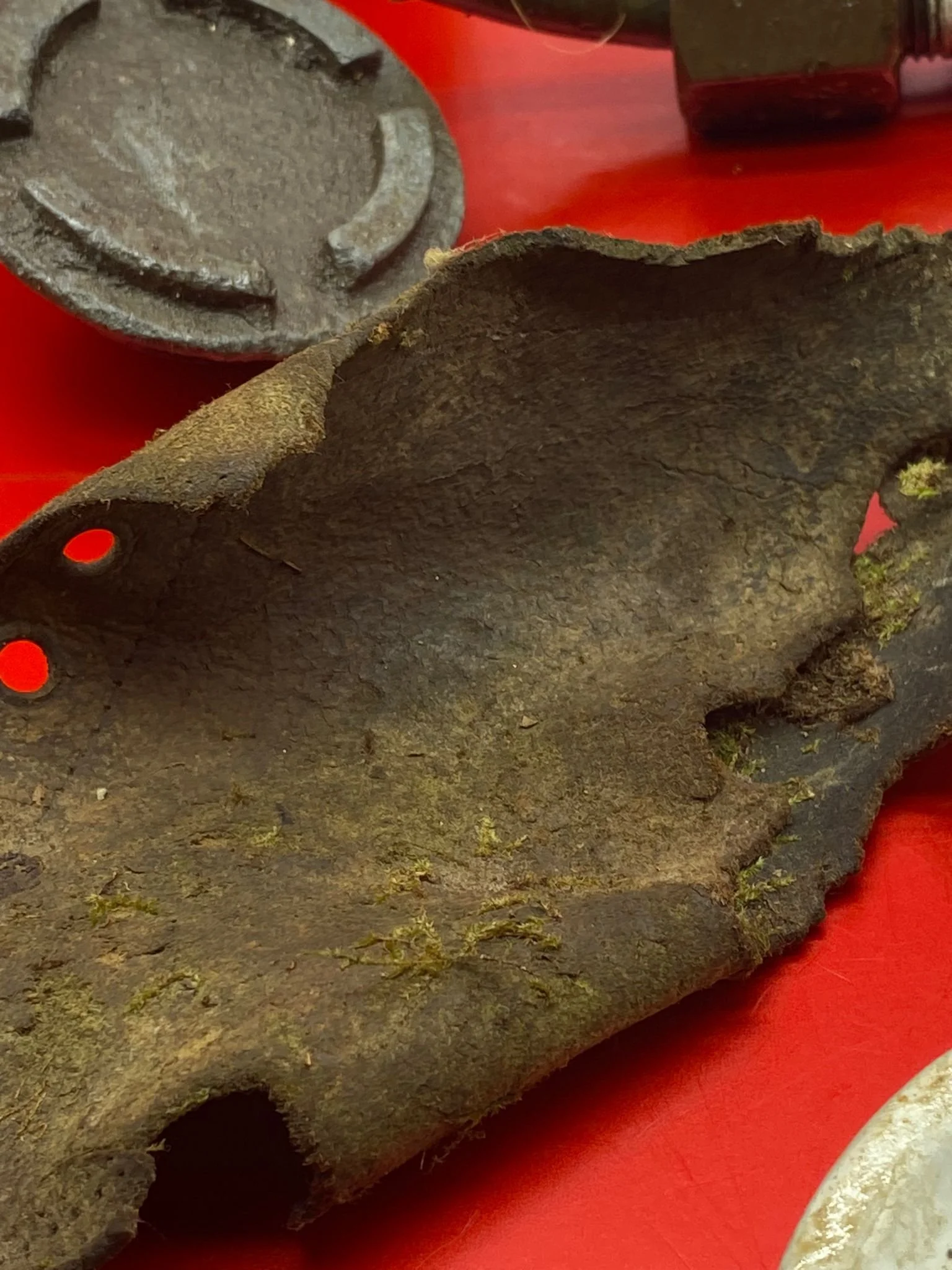 Image 4 of 9
Image 4 of 9

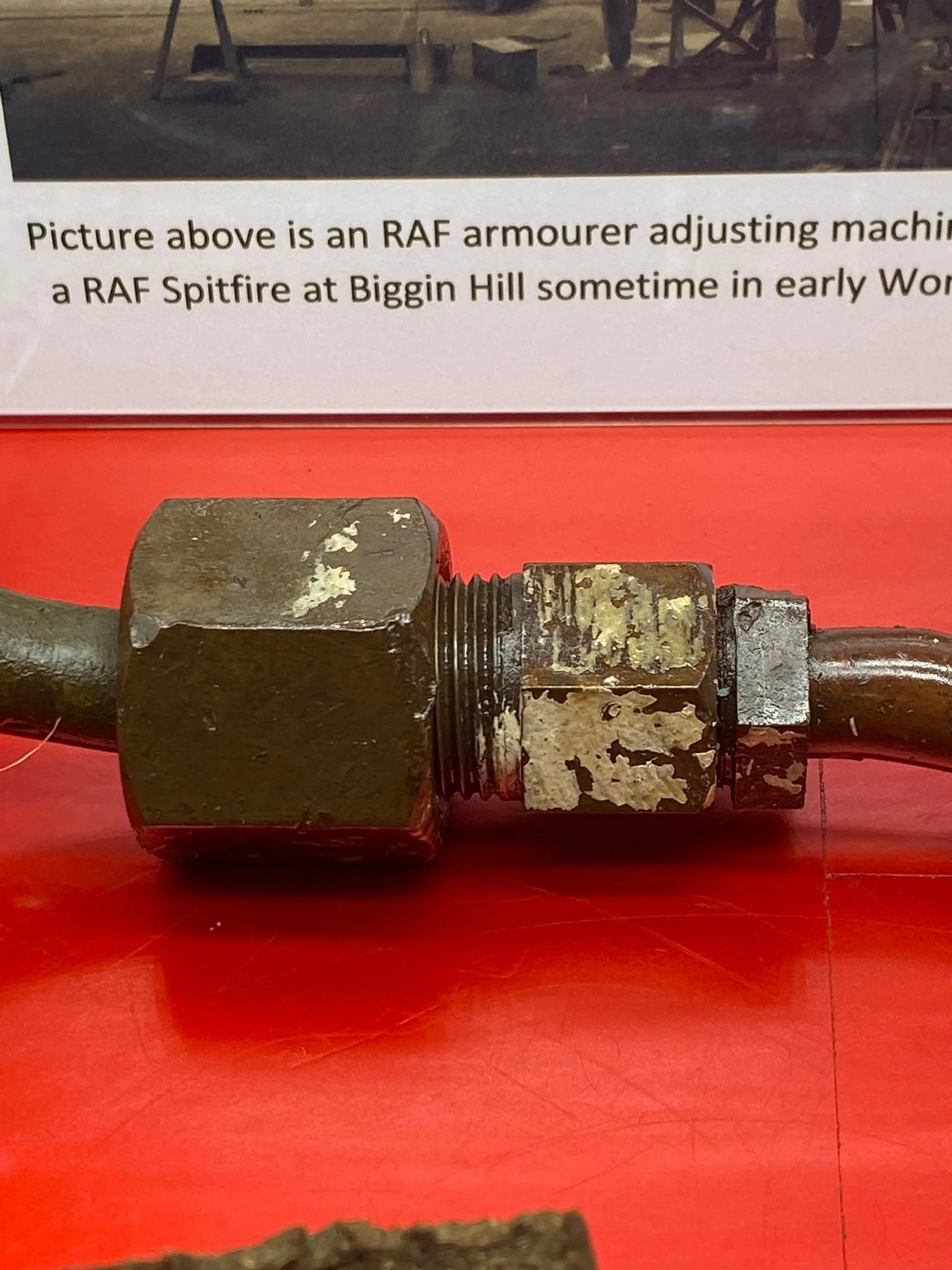 Image 5 of 9
Image 5 of 9

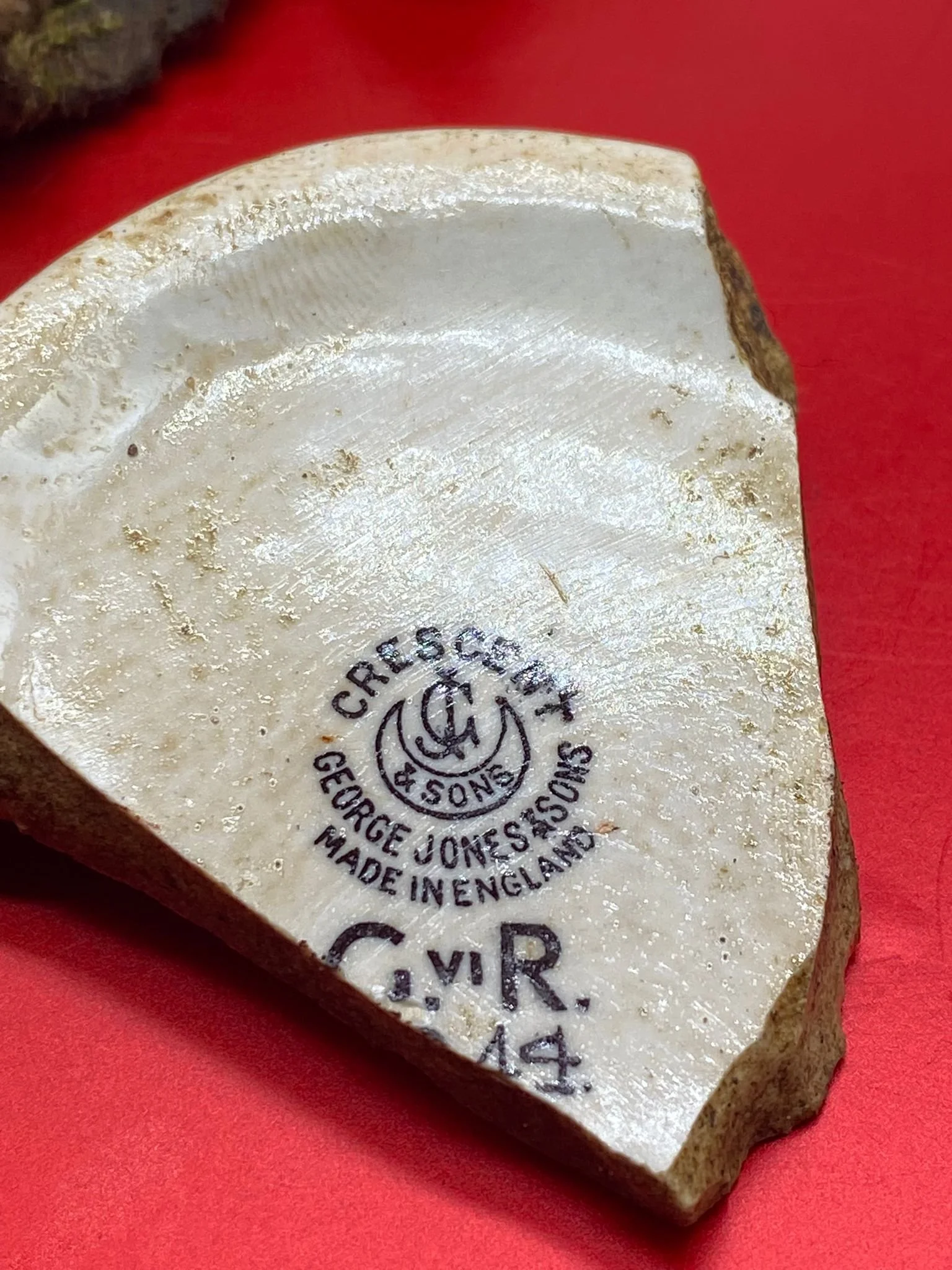 Image 6 of 9
Image 6 of 9

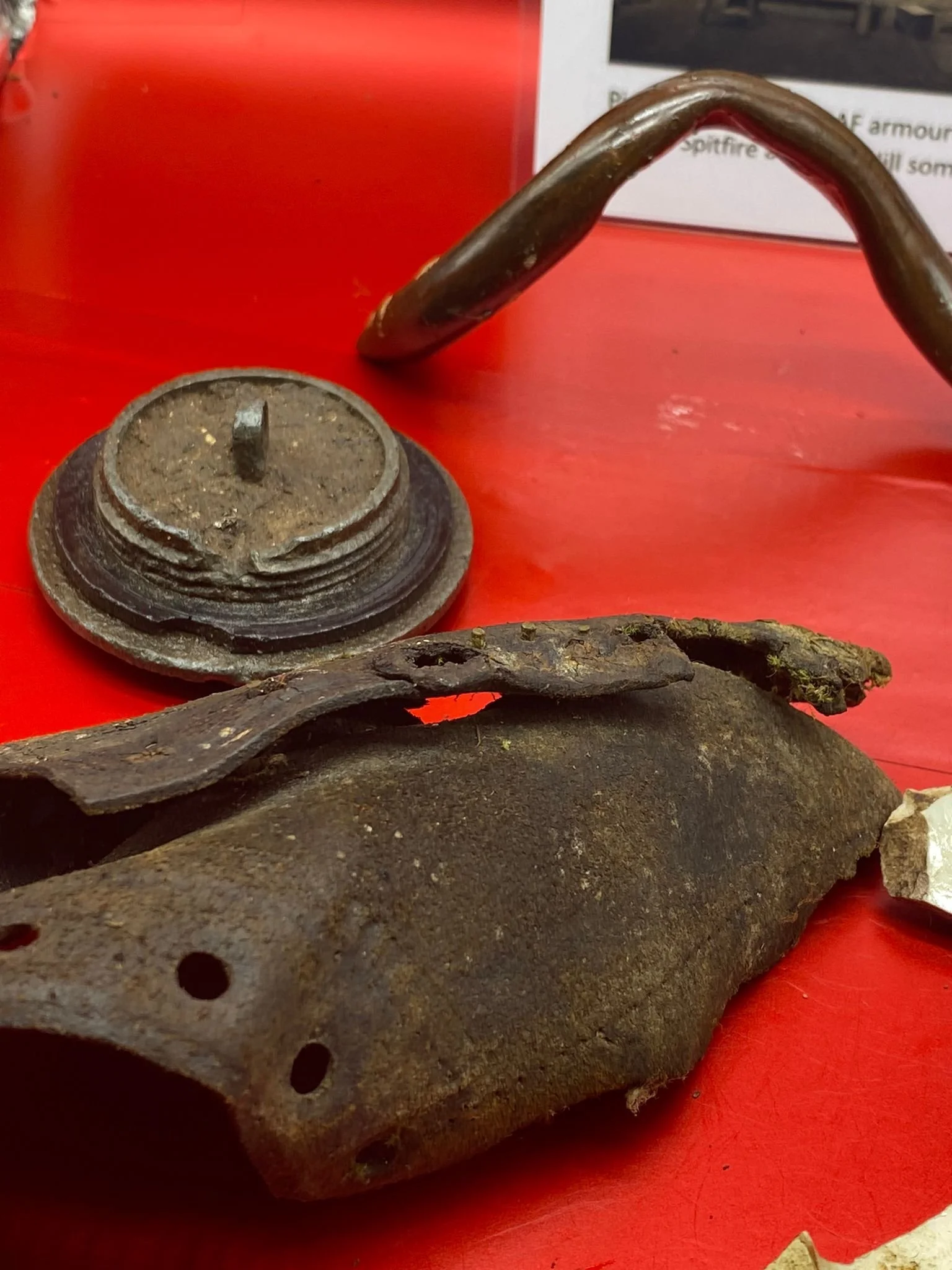 Image 7 of 9
Image 7 of 9

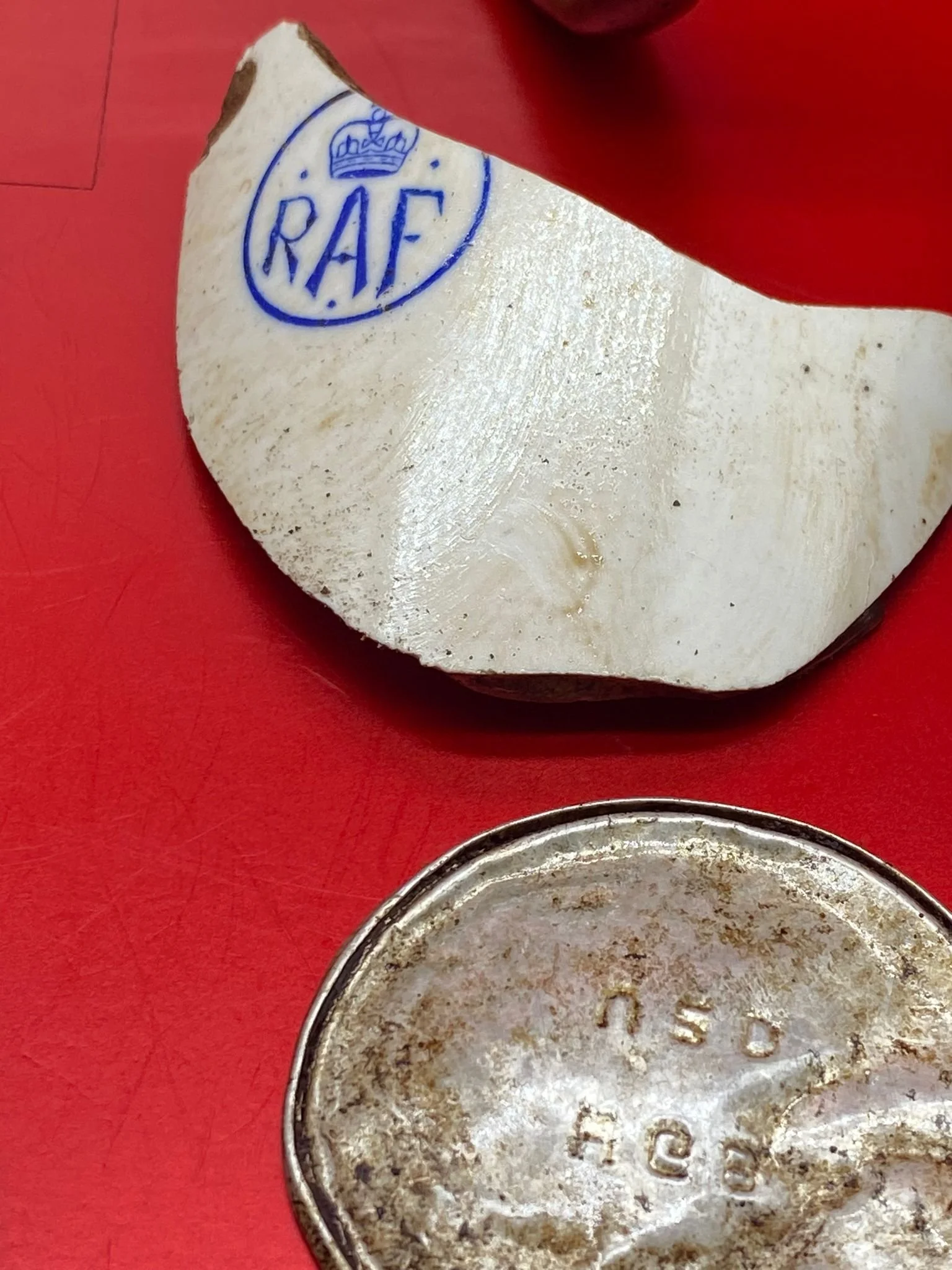 Image 8 of 9
Image 8 of 9

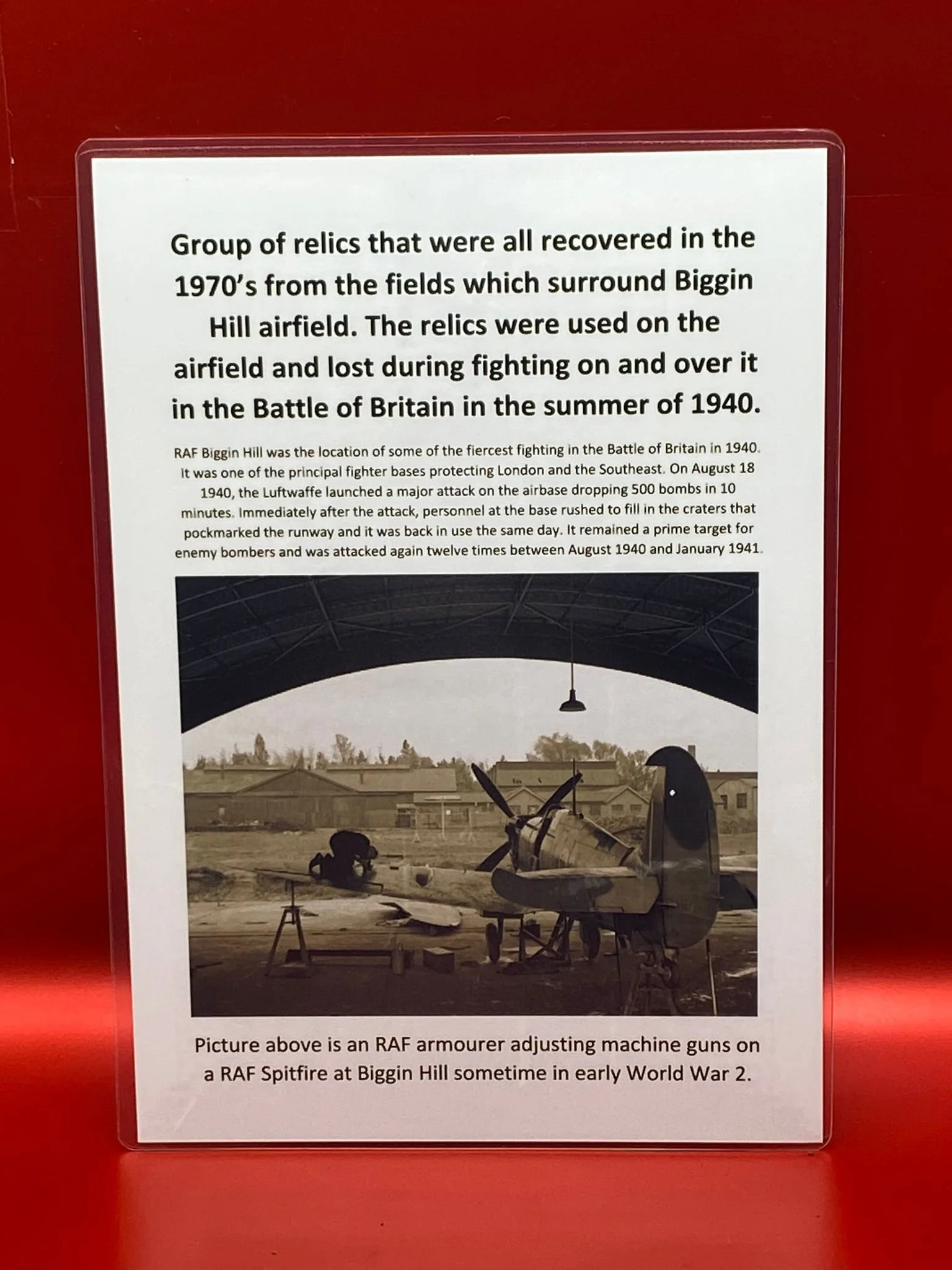 Image 9 of 9
Image 9 of 9










Group of relics including cases,crockery all recovered in the 1970's from the fields which surround Biggin Hill airfield.
This is a group of nine World War II relics, including bullet cases, broken crockery (one RAF-marked), a large pipework section possibly from an aircraft, two other marker-marked parts, and a section of a leather boot. The items are in fantastic condition for relics, retaining much of their original colour, with some pieces showing maker markings. All are solid and intact, not breaking apart, and have been carefully cleaned. Sizes range from 2-8 inches long, making them perfect for display or any collection. The broken items were likely destroyed or blown into the fields when Biggin Hill airfield was bombed in 1940.
All relics were recovered in the 1970s from fields surrounding RAF Biggin Hill. These items were used on the airfield and lost during fighting on and over it during the Battle of Britain in the summer of 1940.
RAF Biggin Hill was the site of some of the fiercest aerial combat during the Battle of Britain, serving as a key fighter base defending London and the Southeast. On 18 August 1940, the Luftwaffe launched a major attack on the base, dropping 500 bombs in just 10 minutes. Base personnel immediately filled in the craters, and the runway was back in use the same day. Biggin Hill remained a prime target for enemy bombers, being attacked twelve more times between August 1940 and January 1941.
The group comes with an A5 laminated information card with photographs
This is a group of nine World War II relics, including bullet cases, broken crockery (one RAF-marked), a large pipework section possibly from an aircraft, two other marker-marked parts, and a section of a leather boot. The items are in fantastic condition for relics, retaining much of their original colour, with some pieces showing maker markings. All are solid and intact, not breaking apart, and have been carefully cleaned. Sizes range from 2-8 inches long, making them perfect for display or any collection. The broken items were likely destroyed or blown into the fields when Biggin Hill airfield was bombed in 1940.
All relics were recovered in the 1970s from fields surrounding RAF Biggin Hill. These items were used on the airfield and lost during fighting on and over it during the Battle of Britain in the summer of 1940.
RAF Biggin Hill was the site of some of the fiercest aerial combat during the Battle of Britain, serving as a key fighter base defending London and the Southeast. On 18 August 1940, the Luftwaffe launched a major attack on the base, dropping 500 bombs in just 10 minutes. Base personnel immediately filled in the craters, and the runway was back in use the same day. Biggin Hill remained a prime target for enemy bombers, being attacked twelve more times between August 1940 and January 1941.
The group comes with an A5 laminated information card with photographs
